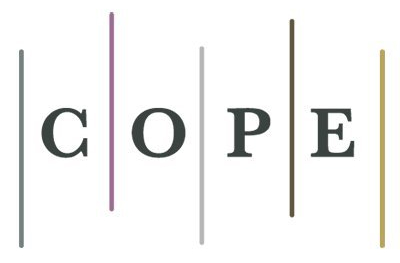Communities of Practice: what are the conditions for implementation in a virtual multi-organization community?
Keywords:
communities of practice, implementation, virtual organizationAbstract
Communites of practice have raised more and more interest over recent years. In this paper, we present a case study of a virtual communitiy of practice (CoP), that is one where participants work from a distance, a situation which has not been studied as often as the communities which work in the same environment. This virtual CoP includes participants from different organizations, and we will determine if the preconditions for implementation are the same as what is documented in the litterature on communities of practice. The research was conducted under the auspices of the CEFRIO (Centre francophone pour l’informatisation des organisations), in 2000-2001. Our data identifies some conditions of success for a virtual multi-organization community of practice, i.e. animation, engagement of participants, and time, something participants lacked here. Most participated quite actively in the community, but some learnt more than they contributed, indicating that there was a certain periphery of participants somewhat less engaged than others. The fact that most do not work with computers and that they had to learn a new software surely explains part of this, although level of participation and motivation was nevertheless quite high. The health sector is under challenge in many countries, Brazil as others, and this case study may be instructive of new ways of developing competencies in the health sector.Downloads
Download data is not yet available.
Downloads
How to Cite
1.
Tremblay D-G. Communities of Practice: what are the conditions for implementation in a virtual multi-organization community?. Organ. Soc. [Internet]. 2014Jun.1 [cited 2024Dec.23];11(31). Available from: https://periodicos.ufba.br/index.php/revistaoes/article/view/10705
Issue
Section
Articles
License
This work is licensed under a Creative Commons Attribution 4.0 License.
The O&S adopts a Creative Commons Attributions License 4.0 in all published works, except where specifically indicated by copyright holders.





